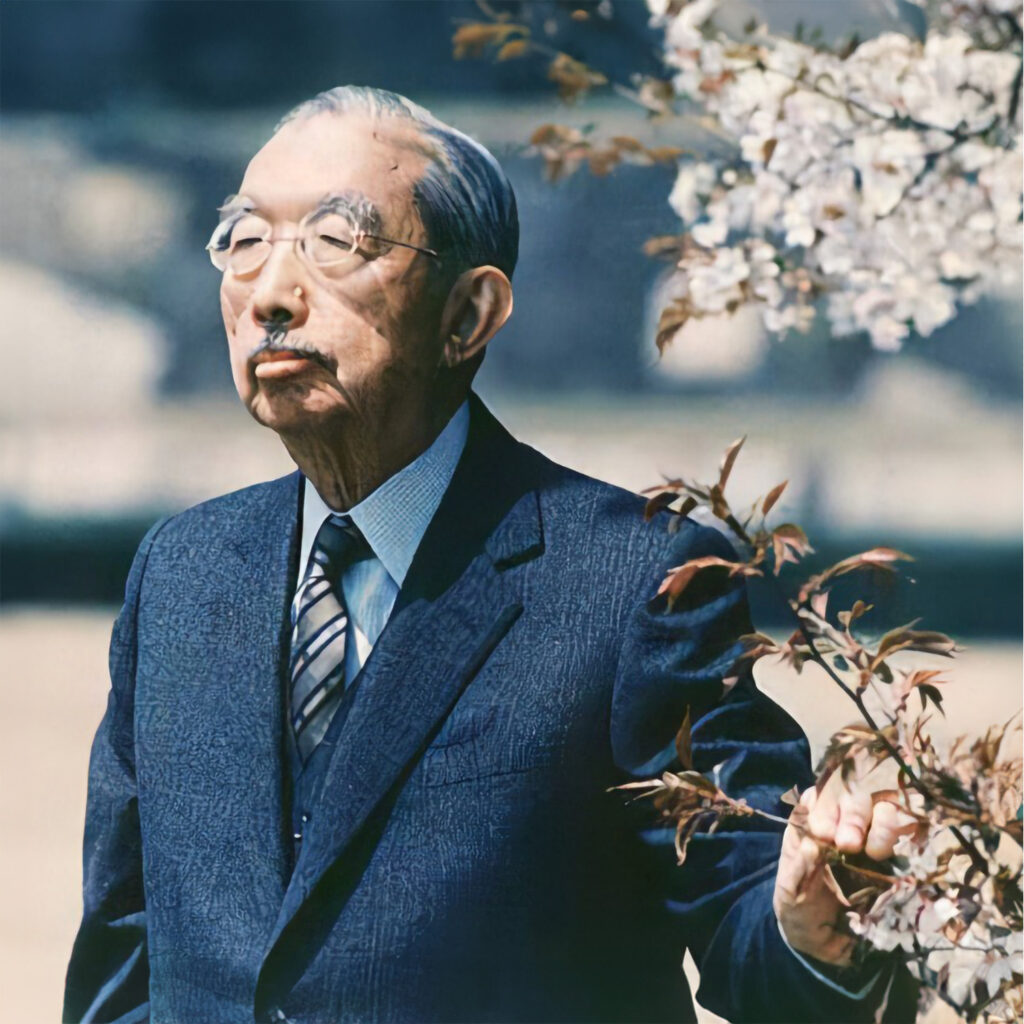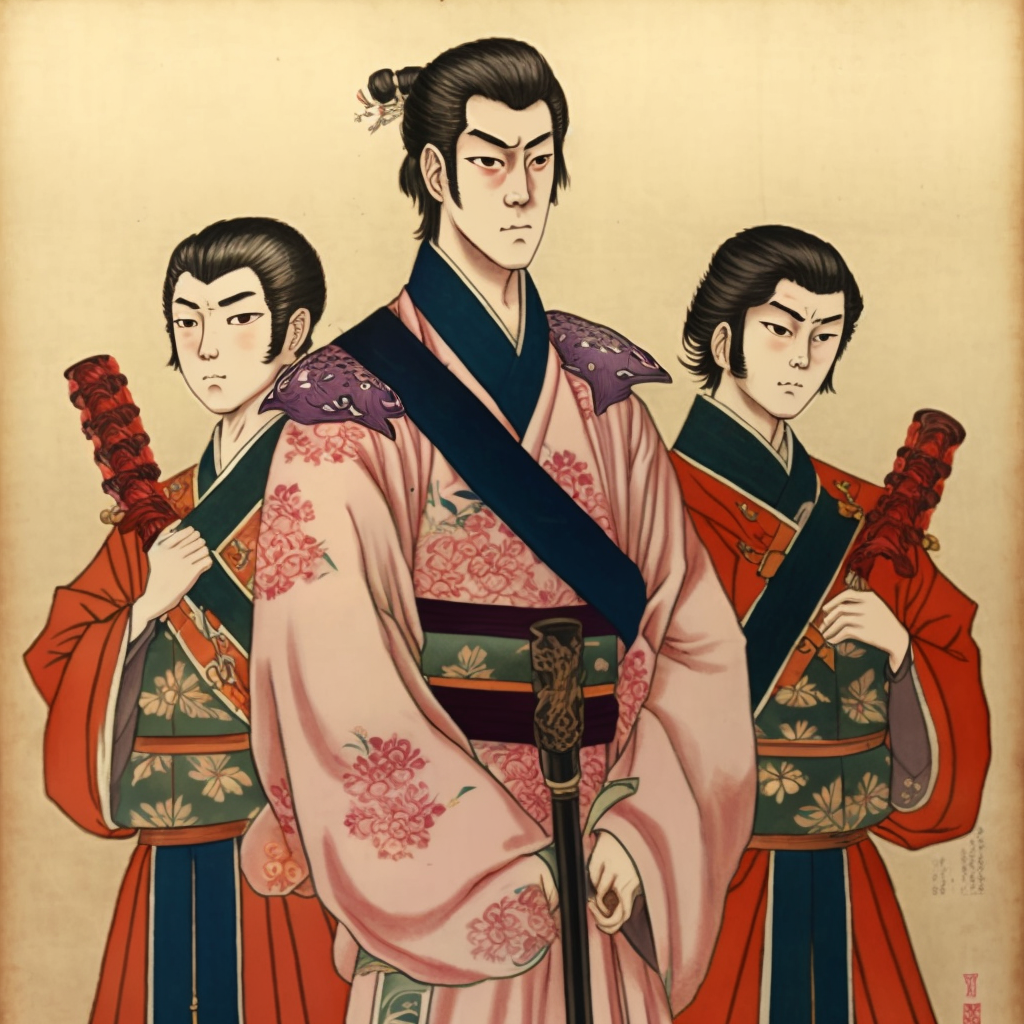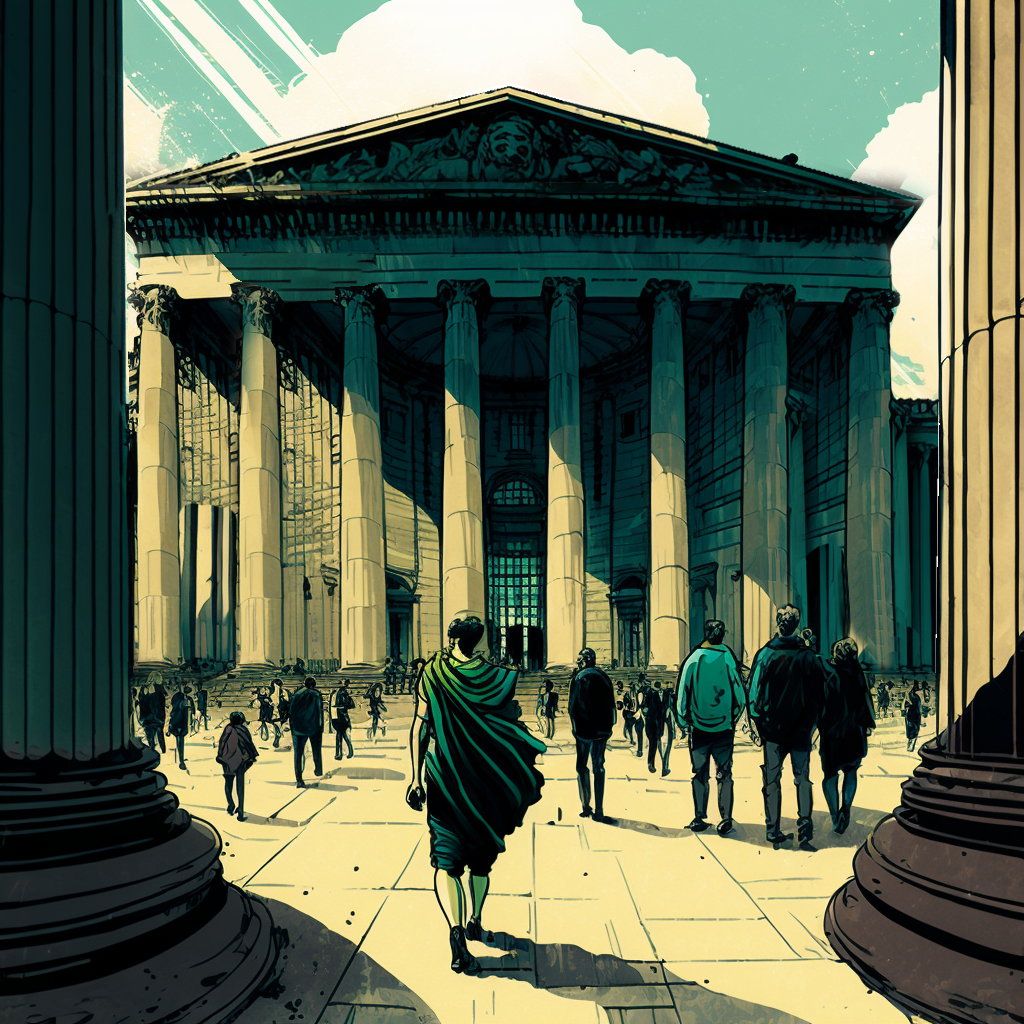Emperor Hirohito, also known as Emperor Showa, played a pivotal role in Japanese history during the 20th century. His reign was marked by events of global significance, ranging from the rise of Japanese militarism to World War II, post-war reconstruction and Japan’s transformation into a global economic power. This article explores the life, reign, and legacy of Emperor Hirohito in detail, with a focus on his impact on Japan and the rest of the world.
The Ascension to the Throne and the Pre-War Period
Born on April 29, 1901, Hirohito became the 124th emperor of Japan in 1926 at the age of 25, following the death of his father, Emperor Taisho. His reign coincided with a period of political and social upheaval in Japan. As the country modernized, Emperor Hirohito witnessed the rise of Japanese militarism and expansionism. Its role as a sacred symbol has been used to reinforce imperial ideology and support government policies.
The Second World War and the Post-War
Japan’s involvement in World War II had a major impact on Emperor Hirohito’s reign. As Japan engaged in aggressive military conflicts in Asia, the Emperor was widely seen as having limited influence over political and military decisions. However, after Japan surrendered in 1945, Hirohito played a crucial role in accepting unconditional surrender, marking the end of the war and paving the way for Allied occupation.
The Transformation of Post-War Japan
The post-war period was an era of profound transformation for Japan. Under the American occupation, the country undertook major political, economic and social reforms. Emperor Hirohito played a key role in this process by renouncing his divine status and becoming a symbol of peace and reconciliation. His cooperation with the occupation authorities helped establish a new constitution in 1947, guaranteeing individual rights and establishing Japan as a parliamentary democracy.
The Legacy of Emperor Hirohito
Emperor Hirohito left a complex and controversial legacy. His role during the war raises questions about his responsibility and influence. However, his decision to renounce his divinity and his commitment to peace were important factors in the successful reconstruction of Japan and its emergence as a world economic power. Today, Hirohito is often remembered as a symbol of Japan’s complex and tumultuous history in the 20th century.
Key Dates of Emperor Hirohito’s Reign: 1926 to 1989
Emperor Hirohito, also known as Emperor Showa, reigned over Japan for a period of 63 years, from 1926 to 1989. His reign was marked by major events that shaped the history of Japan and of the world. Here are some of the key dates of his reign:
-
- December 25, 1926: Hirohito accedes to the imperial throne after the death of his father, Emperor Taisho.
- 1930s: Japan experienced a period of political and economic instability, marked by the rise of militarism and expansionism. This period saw Japan invade Manchuria in 1931, followed by its withdrawal from the League of Nations in 1933.
- December 7, 1941: Japan attacks the US naval base at Pearl Harbor, leading to the United States entering World War II.
- August 15, 1945: Emperor Hirohito announces the unconditional surrender of Japan following the atomic bombings of Hiroshima and Nagasaki, marking the end of World War II.
- 1947: Adoption of the new Japanese constitution, which reinforces the symbolic role of the emperor as “a symbol of the state and the unity of the people” and establishes Japan as a parliamentary democracy.
- 1952: The Treaty of San Francisco comes into force, officially ending the Allied occupation of Japan and restoring its sovereignty.
- 1971: Emperor Hirohito makes a historic visit to Hawaii, marking the first time a Japanese ruler has visited American soil.
- January 7, 1989: Emperor Hirohito dies at the age of 87, ending his reign of more than six decades.
These dates represent some of the pivotal moments of Emperor Hirohito’s reign, reflecting the challenges, changes and transformations that Japan experienced during this tumultuous time in history.
Emperor Hirohito shaped modern Japan in a profound and significant way. His reign was marked by monumental challenges and historical transformations, from the rise of militarism to post-war reconstruction. His legacy continues to spark debate and interest among historians and the public, providing valuable insight into Japanese history and culture.



